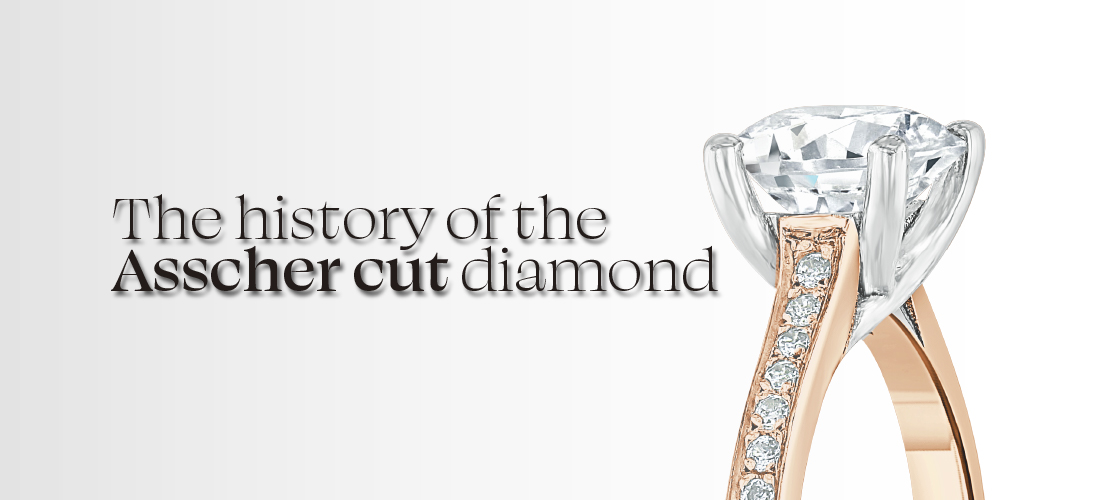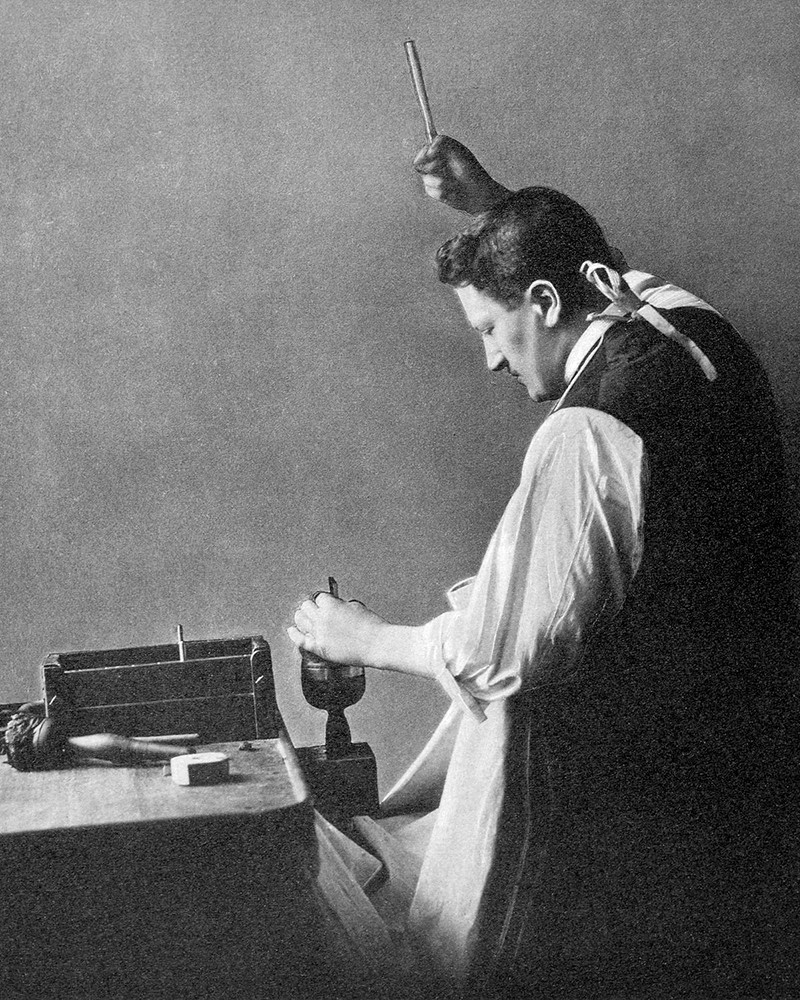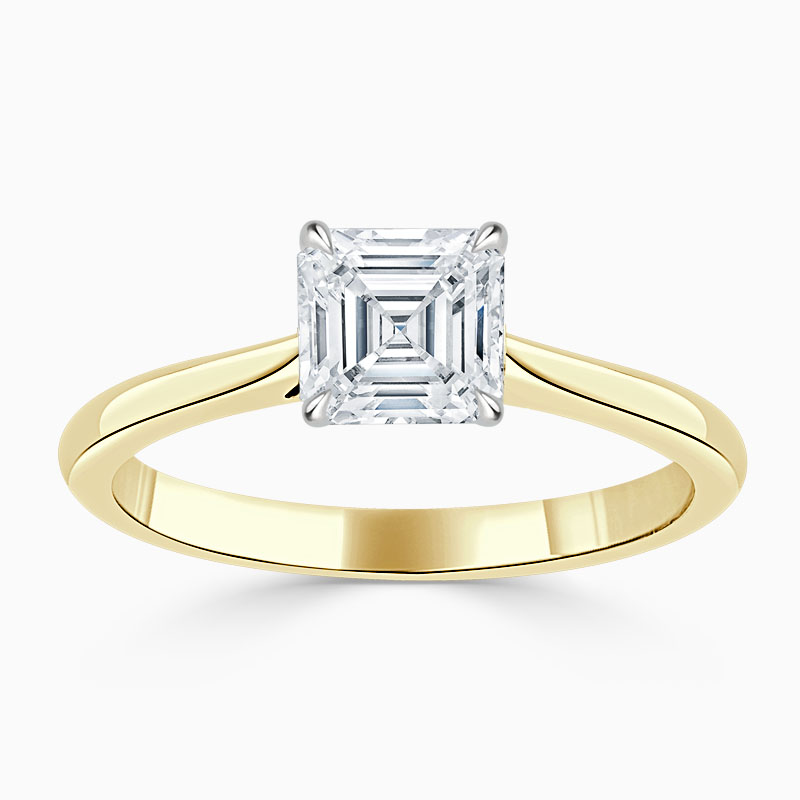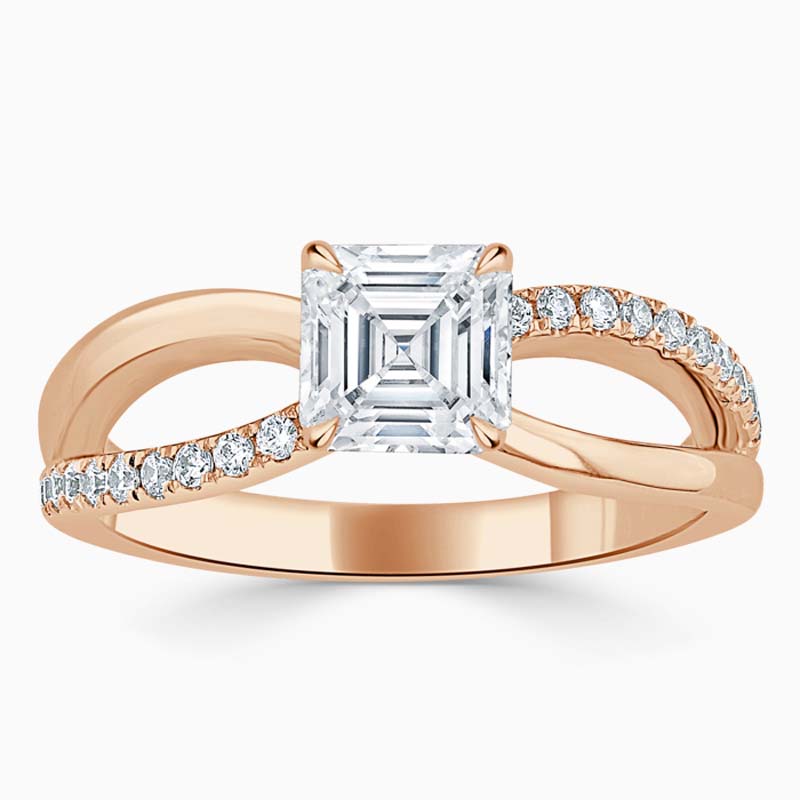There are many different shapes of diamond used in jewellery and each different shape – or cut, as they’re referred to in the industry – has its own history.
The Asscher cut is no different, with an interesting story behind its invention, popularity, decline, and recent re-popularisation. Although it’s not currently one of the best-known diamond cuts, the Asscher cut’s history is rich and it’s becoming increasingly popular with celebrities and royals.
Pippa Middleton has a stunning Asscher cut engagement ring with a stunning 3.5ct stone, which is no doubt of very high quality. It’s surrounded by a pave-set halo of diamonds and the geometrical design offers an elegant vintage style.
With all of this in mind, diamond specialists at Steven Stone have delved into the history behind the interesting diamond cut.

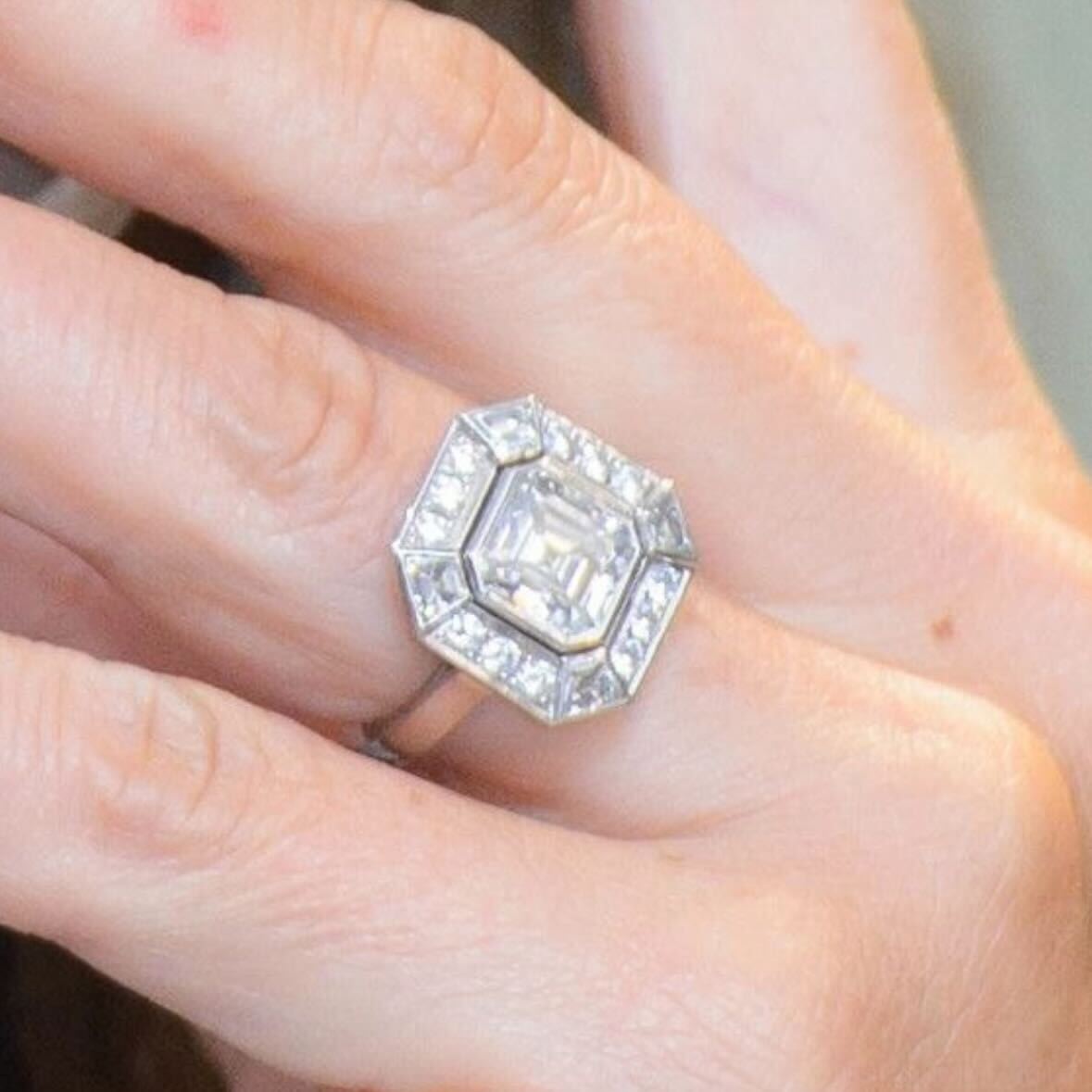
What is a Royal Asscher cut diamond?
Asscher cuts look similar to emerald cuts – thus, are often referred to as the square emerald cut.
Roughly square in shape when viewed from above, they have cut corners for more light to enter the diamond. They typically have 50 or 58 facets and their ideal length to width ratio is 1 to 1.04. Because of their many facets, high crown, and depth, they can produce outstanding brilliance and create a ‘hall of mirrors’ effect.
When was the Asscher cut invented?
The Asscher cut was invented in 1902 by Joseph Asscher, the artisan diamond cutter who founded the I.J Asscher Diamond Company, now known as the Royal Asscher Diamond Company. It was the first patented diamond cut, protecting it from replication from other companies.
The Asscher cut was a staple of art deco jewellery, with its straight lines and brilliance making it perfect for the movement.
The full Asscher cut history and the Asscher family
The Asscher cut was invented in 1902 by Joseph Asscher who received a patent for the cut, protecting it up until WWII.
In 1903, Joseph’s son, Abraham Asscher cuts the world’s largest diamond at the time, The Excelsior, into ten stones.
In 1905, the Cullinan diamond was found and in 1908, Joseph Asscher cut it into 9 stones – some of which are now part of the crown jewels.
The Art Deco period saw a huge rise in popularity of the Asscher cut diamonds with its long lines and bold shape, though the Asscher cut patent expired during WWII, leaving competing diamond cutting companies to replicate the stone but with lower quality results.
In the 1980’s, Queen Juliana of the Netherlands granted the Asscher Diamond Company a royal title to commend their prestigious position in the diamond industry.
Finally, in 2001, Joseph Asscher’s grandchildren reinvents the cut as The Royal Asscher Cut.
If you’re looking for some jewellery inspiration, why not take a look at our full collection? Whether you’re after a necklace or some diamond earrings, we’ve got you covered. We also have a vast range of engagement and wedding rings.
If you don’t see anything that takes your fancy, we also offer a bespoke service, where our designers will create a unique piece of jewellery that ticks all the boxes.
Follow us on our socials
Pop over to our social platforms to keep up to date with Steven Stone’s latest jewellery content and news.
